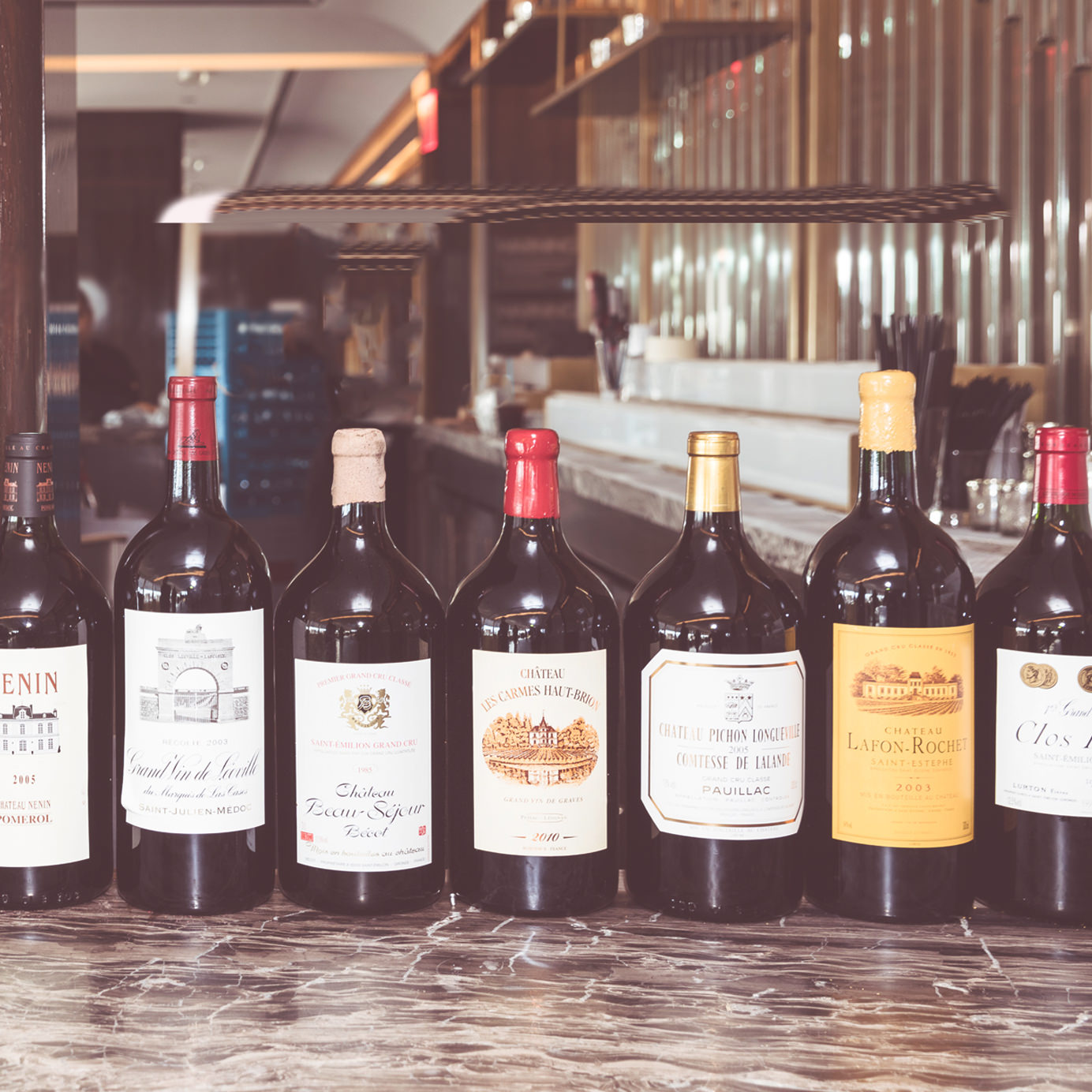Like anyone with an Instagram account, scrolling through my morning feed is equal parts mindless diversion and masochism. No matter how much I’m enjoying my week, someone else is living harder — sabering a Champagne magnum with a beer glass, say, or attending a wine dinner featuring bottles of eternally sold-out Clos Rougeard.
These are actual images recently tagged with the hashtag #sommlife, which has nearly 120,000 posts as of this writing. Generally speaking, social media can induce envy (not to mention anxiety) by making everyone else’s lives seem both beautiful and out of reach. Sommeliers and wine professionals work in an industry that already has a certain amount of snobbery attached to it. The parade of expensive, rare bottles positioned with a no-big-deal attitude adds to ongoing misperceptions about income and spending.
Due to the labor-intensive, erratically scheduled nature of the job, sommelier positions are increasingly held by millennials. Increased social media use among the profession is somewhat inevitable. Unfortunately, unlike the ways social media is democratizing craft cocktail trends, the rise of the “Insta-somm” seems to make somm culture even snobbier.
“People on social media have a tendency to make their reality a bit more impressive than it really is,” Ferdinando Mucerino, sommelier at Rustic Canyon in Santa Monica, California, says. “A little bit of bragging here and there, pictures of wines or places they have never had or been to have been posted as their own.”
Mucerino, who admits that he posts Instagram photos of both wines that he drinks and wines that he wants to promote at Rustic Canyon, is a fairly prolific Insta-somm, sometimes posting multiple bottle photos per day. Sometimes he captions the bottle shots with tasting notes or information about daily specials, a practice that many somms encourage. Other times, baller bottles — entirely empty and consumed, of course — fill the screen, accompanied only by names and vintages.
On average, U.S. sommeliers made about $60,000 annually in 2016, and many of those somms live in major markets with higher-than-average rents. It’s safe to assume most Insta-somms are not dropping the sort of cash necessary to purchase the bottles featured on their accounts.
Instead, insta-somms might post photos of bottles they may have sold from the wine cellar, opened as a guest’s corkage, or experienced at a trade tasting. Though the sommelier may wax on about the wine’s glory, in all likelihood, he or she has only tasted a tiny sip.
For example, Mucerino’s recent Instagram posts include Ridge “Monte Bello” 2014 (average retail price: $190), Vieux Château Certain Pomerol 1970 ($250), and Scarecrow Cabernet Sauvignon 2014 ($700+). He ‘grammed all not because he drank them, but because he wanted to highlight and ideally help sell them at the restaurant.
The previously pictured bottles of Unico and Le Pin? Mucerino only had a small taste of each, one of which he didn’t even open himself. It was sold and decanted by his colleague.
While many somms understand that their peers are often not buying or drinking the high-end bottles that saturate Instagram, the presence of so many coveted wines is still envy-inducing.
“I can only see someone drinking Jamet or Gonon so many times before I starting wondering whether people are drinking better wine than me,” says Dan Veit, wine director of Norah in West Hollywood, California.
“There are plenty of folks who just post trophy wines and expensive dinners: I don’t follow them, and I wouldn’t suggest anyone else do, either,” says Keith Wallace, president and founder of Wine School of Philadelphia.
Instead, Wallace urges sommeliers to use Instagram to connect with winemakers and importers, staying abreast of what is actually happening in the wine world. When sharing a photo of an amazing or exciting bottle, he says, include tasting notes so that followers can virtually experience the wine as well. Wallace encourages Insta-somms to forge connections with guests and educate them about wines from lesser-known regions like the Loire Valley and Beaujolais, which will both support under-the-radar producers and drive a restaurant’s business.
Does this mean that bottle shots of unicorn wines and Boomerangs of grower Champagne waterfalls are going to disappear from Instagram? Probably not. Given millennials’ need to overshare, wine’s luxury status, and the breathless excitement with which wine professionals greet top bottles, we can’t help but Insta-somm, at least a little.
“I think we have a responsibility to promote more of the unknown than just the extremely rare wines that have been placed on a pedestal,” notes Anthony Cailan, beverage director of Hayden in Los Angeles. “But, given the opportunity to taste those wines, you bet they’ll end up on my Instagram.”
Five Insta-Somms Worth Following
Looking for sommeliers who will add more than just FOMO into your feed? These five pros are worth checking out.
Christopher Bates, MS (@sommelierbates)
Master Sommelier Christopher Bates does it all as both a restauranteur and winemaker in the Finger Lakes, which is reflected in his Instagram photos. Expect equal parts winemaking, food pairing, and tasting notes.
Jeff Taylor (@vinojeff)
Take a look into the cellar at New York’s North End Grill with beverage director Jeff Taylor’s in-depth bottle shots. Tasting notes are often accompanied by producer profiles and vintage overviews.
June Rodil, MS (@junerodil)
This Austin-based Master Sommelier and beverage director pretty much dominates the #sommlife hashtag with always-cheerful posts from the restaurant floor.
Brian McClintic, MS (@brianmcclinticms)
Always on the hunt for new offerings for his wine club Viticole Wines, Master Sommelier Brian McClintic gives followers IRL glimpses of some of the world’s most exciting wine regions.
Rajat Parr (@rajatparr)
This former wine director-turned winemaker for Sandhi Wines, Domaine de la Cote, and Evening Land Vineyards is a legend among sommeliers. Look to his Instagram for notes from the vineyard and bottle shots with tasting notes to boot.
Cover photo credit: BurdiGala.
